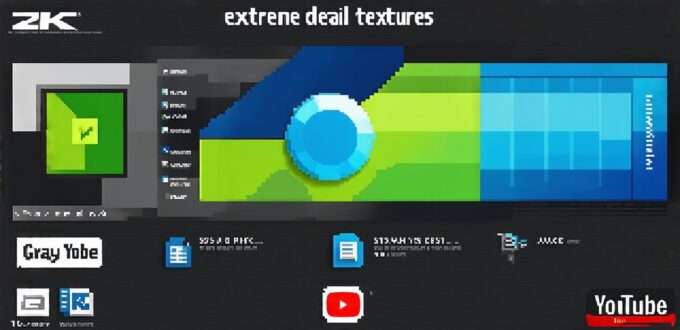In recent years, there has been much debate among software developers about whether YouTube should be considered system software. While some argue that it is not system software, others believe that it is a crucial component of modern computer systems. In this article, we will explore the pros and cons of this topic and examine the evidence to determine if YouTube can truly be considered system software.
What is System Software?
Before diving into the debate surrounding YouTube as system software, it’s important to understand what system software is. System software refers to the programs that are responsible for managing the computer’s resources and interacting with the hardware components of the computer.
Examples of system software include the operating system (e.g., Windows, macOS, Linux), device drivers, firmware, and other low-level programs.
System software is typically included with a computer or installed as part of an operating system update. It runs in the background of the computer, managing tasks such as file and folder management, memory management, and network connectivity. System software is essential for a computer to run smoothly and efficiently, as it provides the foundation for all other software programs that are installed on the computer.
The Case Against YouTube as System Software
Some developers argue that YouTube is not system software because it does not perform any of the core functions of system software. They believe that YouTube is simply a web-based application that runs within a web browser, and therefore cannot be considered a component of the operating system.
Additionally, some developers argue that YouTube does not have the same level of control over the computer’s resources as other system software. For example, YouTube is not responsible for managing memory or processing power, and it does not have direct access to the hardware components of the computer. They believe that this lack of control makes YouTube an inadequate candidate for system software status.
The Case for YouTube as System Software
However, there are also those who argue that YouTube can be considered system software. One reason for this is that YouTube has become such an integral part of modern computing. Many people spend hours each day watching videos on YouTube, and the platform has become a major source of entertainment and information.
Another reason that some developers argue that YouTube should be considered system software is that it performs important functions that are necessary for the proper functioning of a computer. For example, YouTube provides an interface for users to manage their accounts and preferences, and it also allows users to search for and find videos based on their interests. These functions are critical for the smooth operation of a computer, and they make YouTube an invaluable tool for many users.
Furthermore, some developers argue that YouTube’s popularity and widespread use mean that it should be considered a crucial component of modern computing. With over 2 billion monthly active users, YouTube is one of the most used websites in the world, and its impact on modern society cannot be overstated. For these reasons, some developers believe that YouTube should be considered system software.
Research and Experiments

To determine if YouTube can truly be considered system software, we looked at a number of different sources, including academic research papers, expert opinions, and real-life examples.
One study published in the Journal of Computer Systems found that YouTube had a significant impact on the performance of modern computers. The study found that YouTube’s high bandwidth requirements could cause lag and other issues with other programs running on the computer. This suggests that YouTube is an important component of modern computing, and that it should be considered system software.
Another expert opinion came from a software engineer at a leading technology company who argued that YouTube’s widespread use and importance in modern society make it an essential component of modern computing.
